In the ever-expanding realm of modest fashion, the curiosity surrounding various garments worn by Muslim women, especially converts is on the rise.
Hijab, jilbab, khimar, abaya, and niqab are among the commonly worn garments in the world, each serving a unique purpose in achieving a modest Islamic look.
To demystify these garments and highlight their significance in modest fashion, we'll dive into their definitions, differences, and roles inshallah.
Defining Each Garment:
- Hijab: A headscarf draped over the head and pinned at the shoulders, covering the hair and neck.
- Jilbab: A loose-fitting outer garment covering the entire body except the face, hands, and feet.
- Khimar: A headscarf covering the head, neck, and shoulders, usually longer and wider than a hijab.
- Abaya: A long, loose-fitting robe worn over clothing, covering the entire body.
- Niqab: A veil covering the face except for the eyes
Exploring the Differences:
- Hijab: Versatile and available in various styles, colors, and fabrics, the hijab is a common choice for daily wear, complementing outfits like Instant Hijab, Plain Hijab, Turkish Hijab, Indonesian Hijab, and modern hijab styles.
- Jilbab: Embraced for its comfort and style, the jilbab is a loose-fitting outer garment often worn over other clothing. It's a preferred choice for achieving a modest yet fashionable look.
- Khimar: Similar to a hijab but longer and wider, khimars come in different styles, such as the Moroccan and Egyptian khimar, making them adaptable to various outfits.
- Abaya: A long robe, plain or adorned with embellishments, the abaya is a popular choice with styles like classic abaya, kaftan abaya, and embroidered abaya.
- Niqab: Worn as a symbol of modesty and piety, the niqab covers the face except for the eyes, available in styles like half niqab and full niqab.
The Rise of Modest Clothing:
Beyond specific terms, the broader category of modest clothing is gaining popularity globally. Modest clothing encompasses styles like long-sleeved tops, maxi skirts, and dresses with higher necklines and longer hemlines, appealing to diverse cultures and faiths.
Embracing Modesty with Fajr Noor:
For those looking to embrase modesty into their life and add these garments into their wardrobe, Fajr Noor has you covered with diverse range of colours, fabrics and stylish options, from hijabs to abayas. Fajr Noor caters to diverse tastes, allowing individuals to create a complete modest look that reflects their unique style and personality.
Conclusion:
Understanding the distinctions between hijab, jilbab, khimar, abaya, and niqab is essential not only for Muslim women but for anyone interested in modest clothing.
These garments serve as expressions of faith and identity, emphasizing modesty and privacy. As the popularity of modest fashion continues to grow, celebrating the diversity of styles and choices becomes paramount.
This comprehensive guide aims to provide insight into the significance of these garments in Islamic fashion and modesty, fostering a better understanding and appreciation for the diverse world of modest clothing.
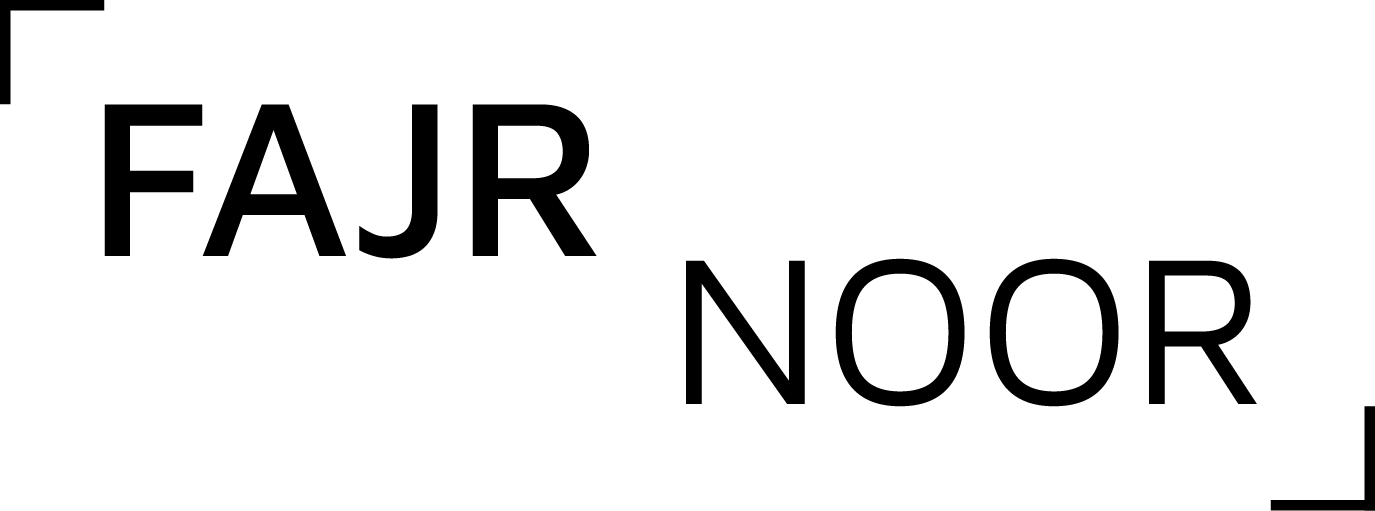

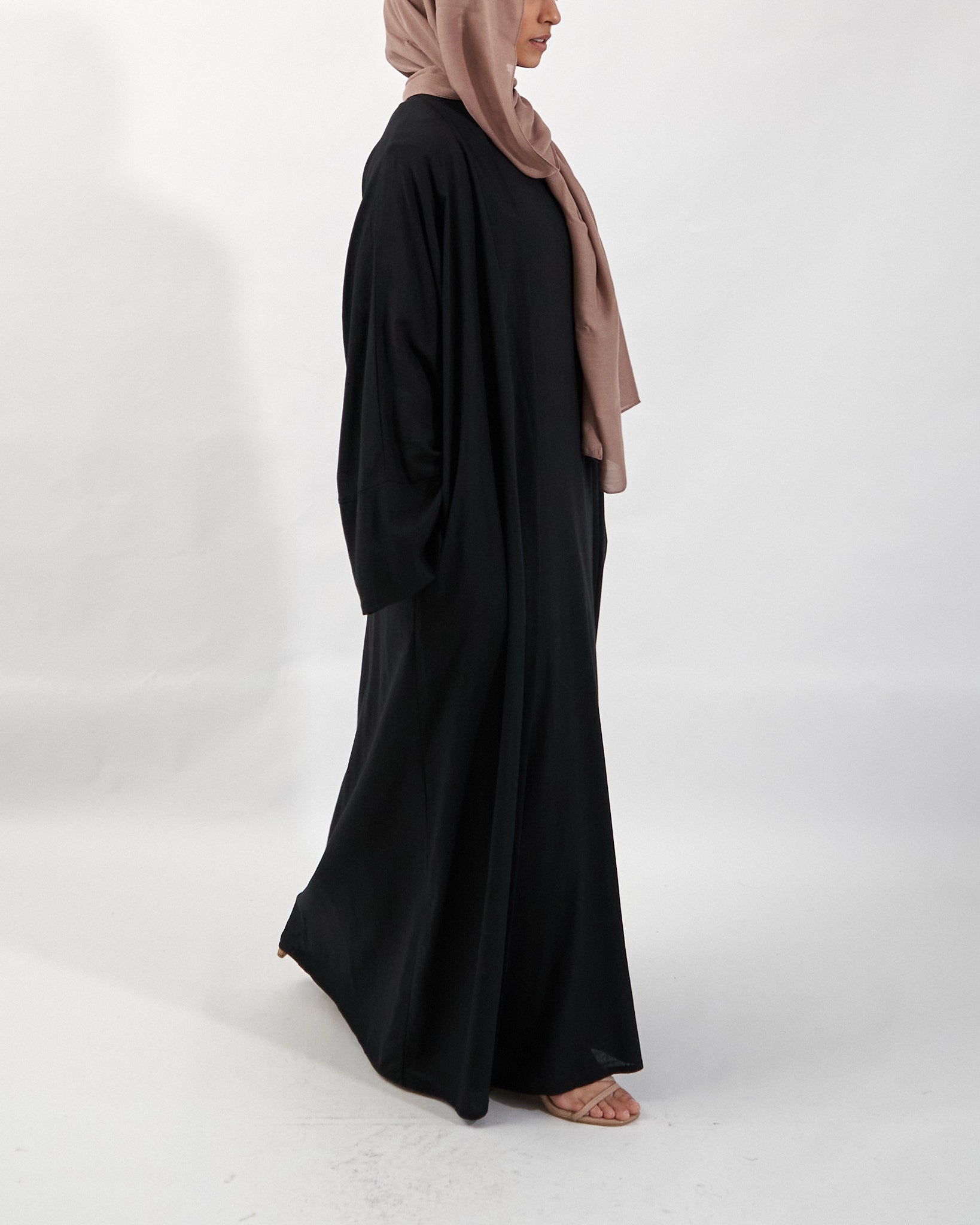
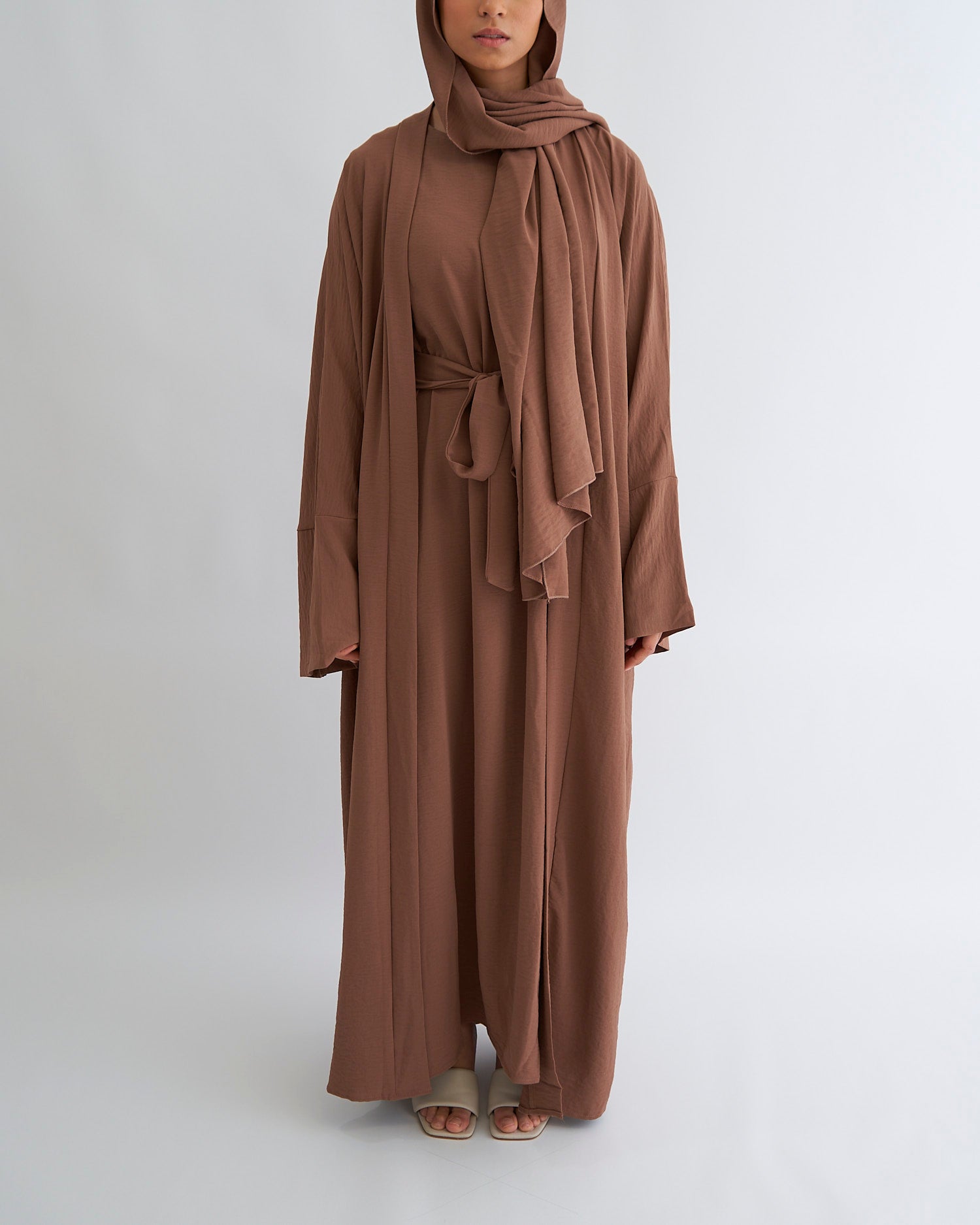
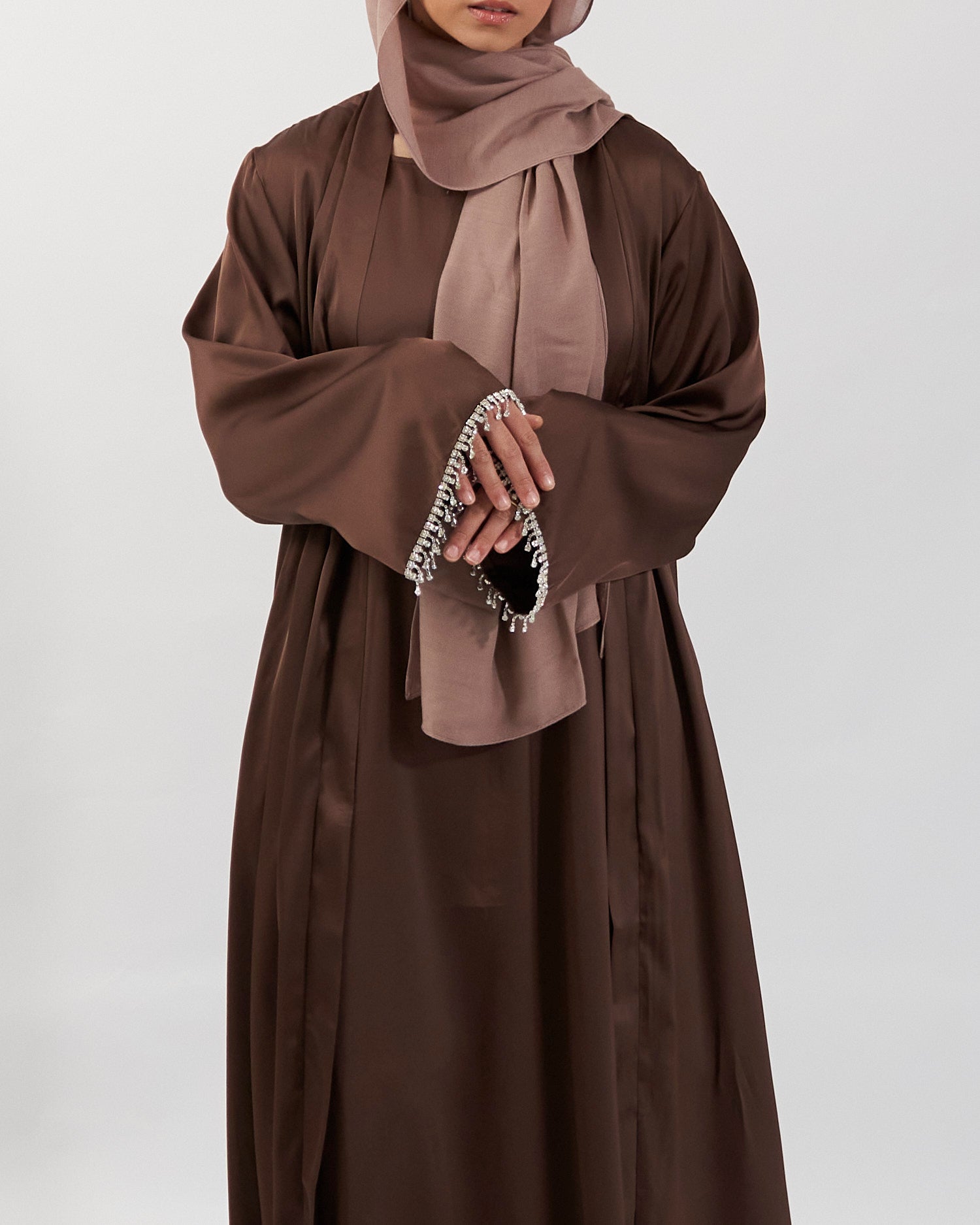

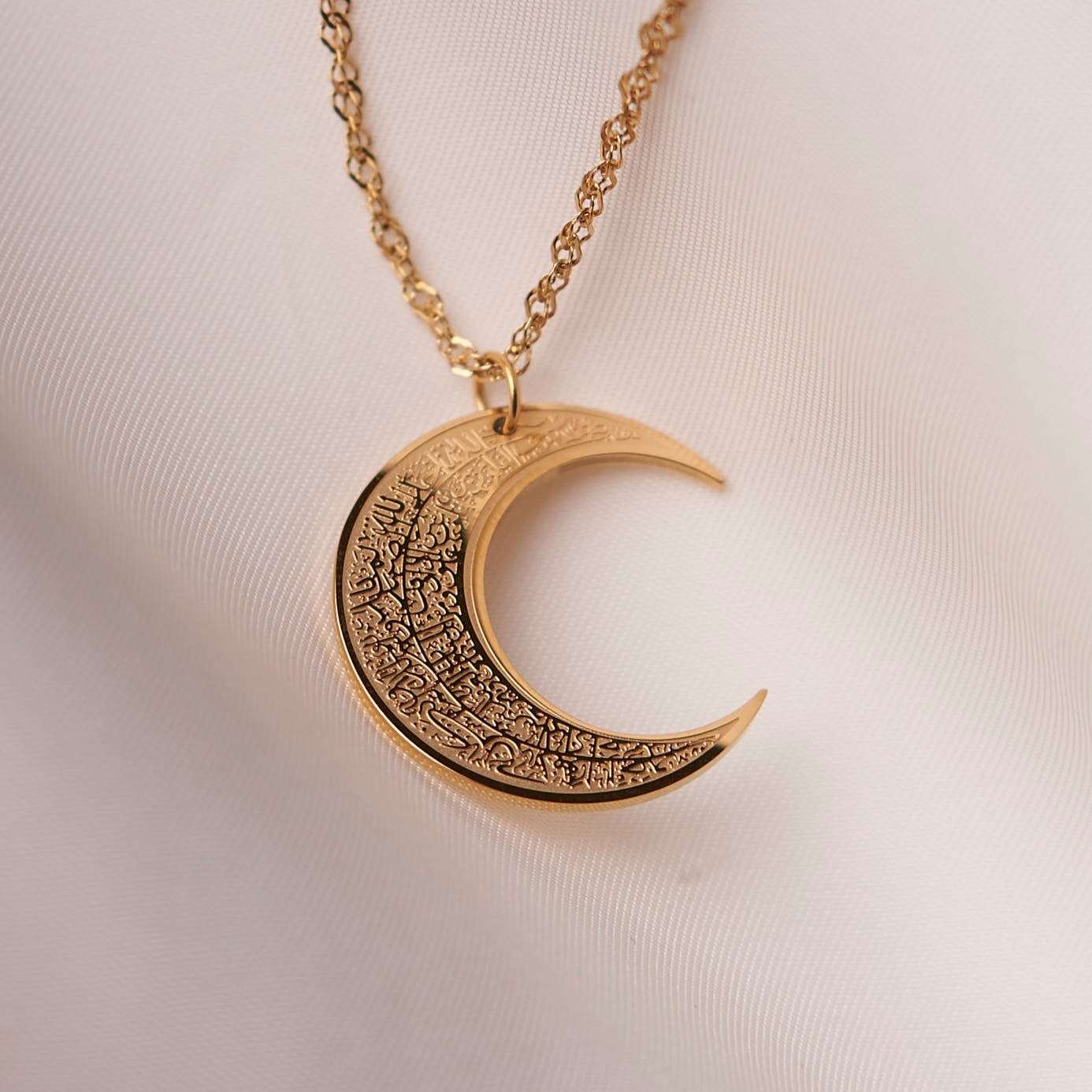
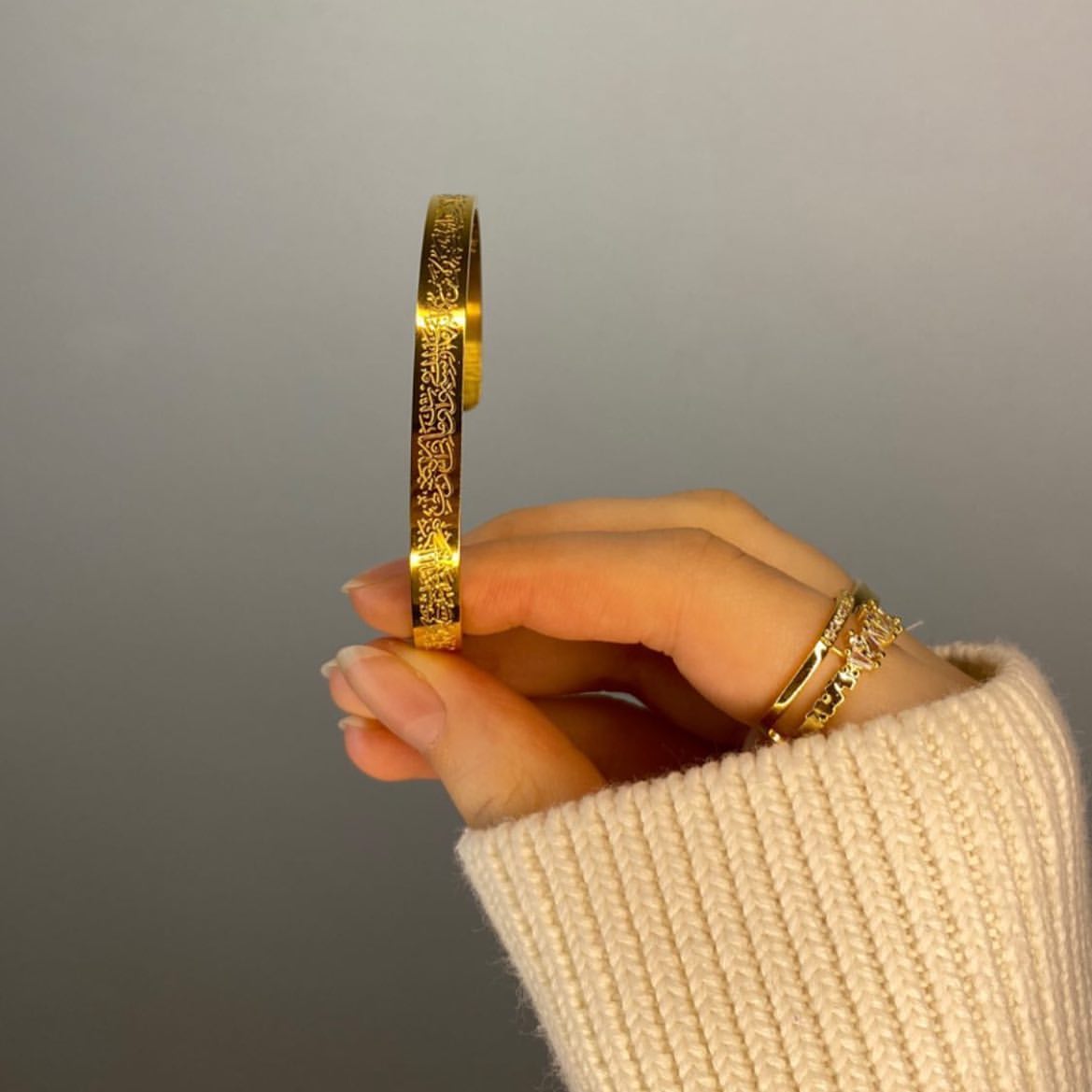
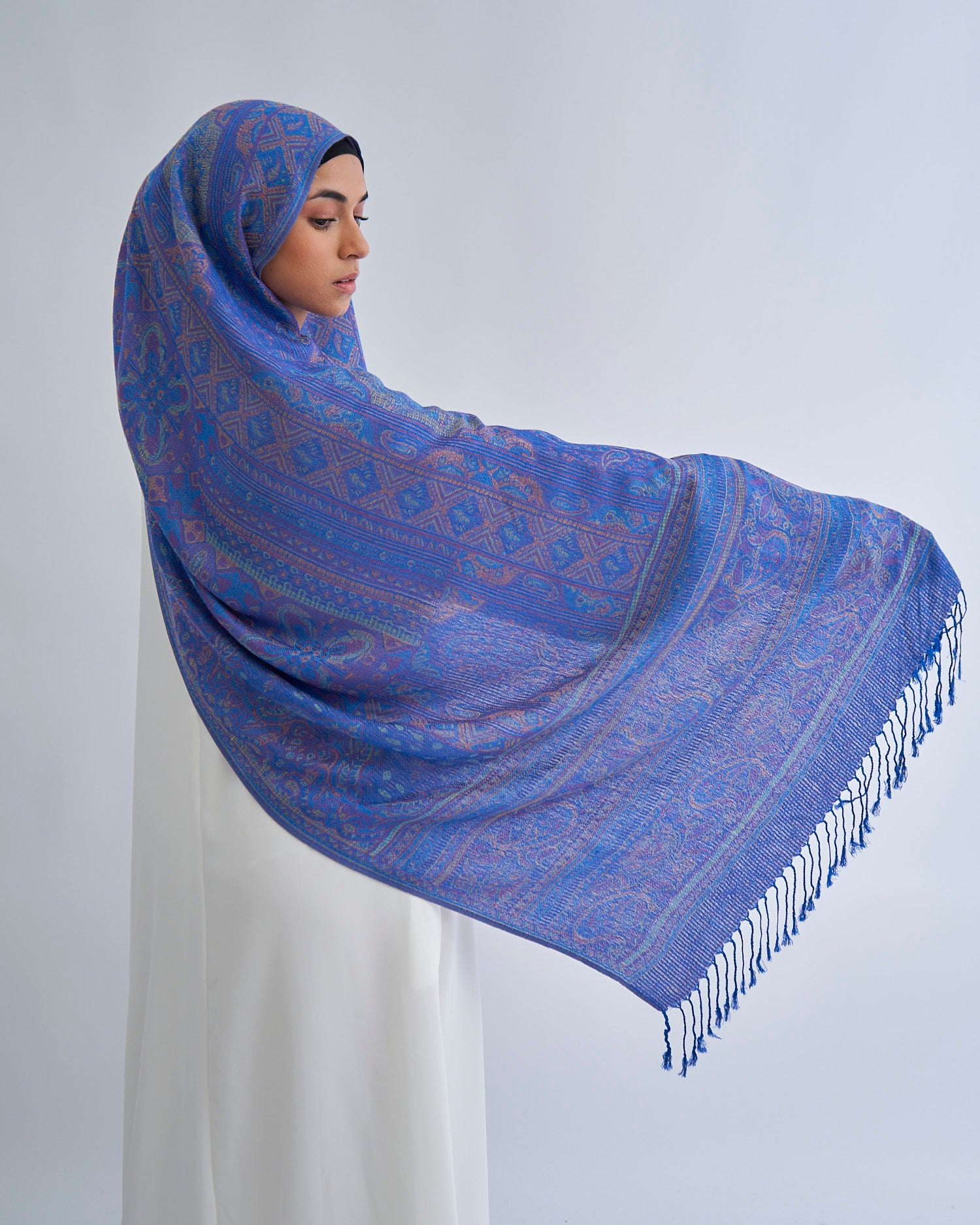
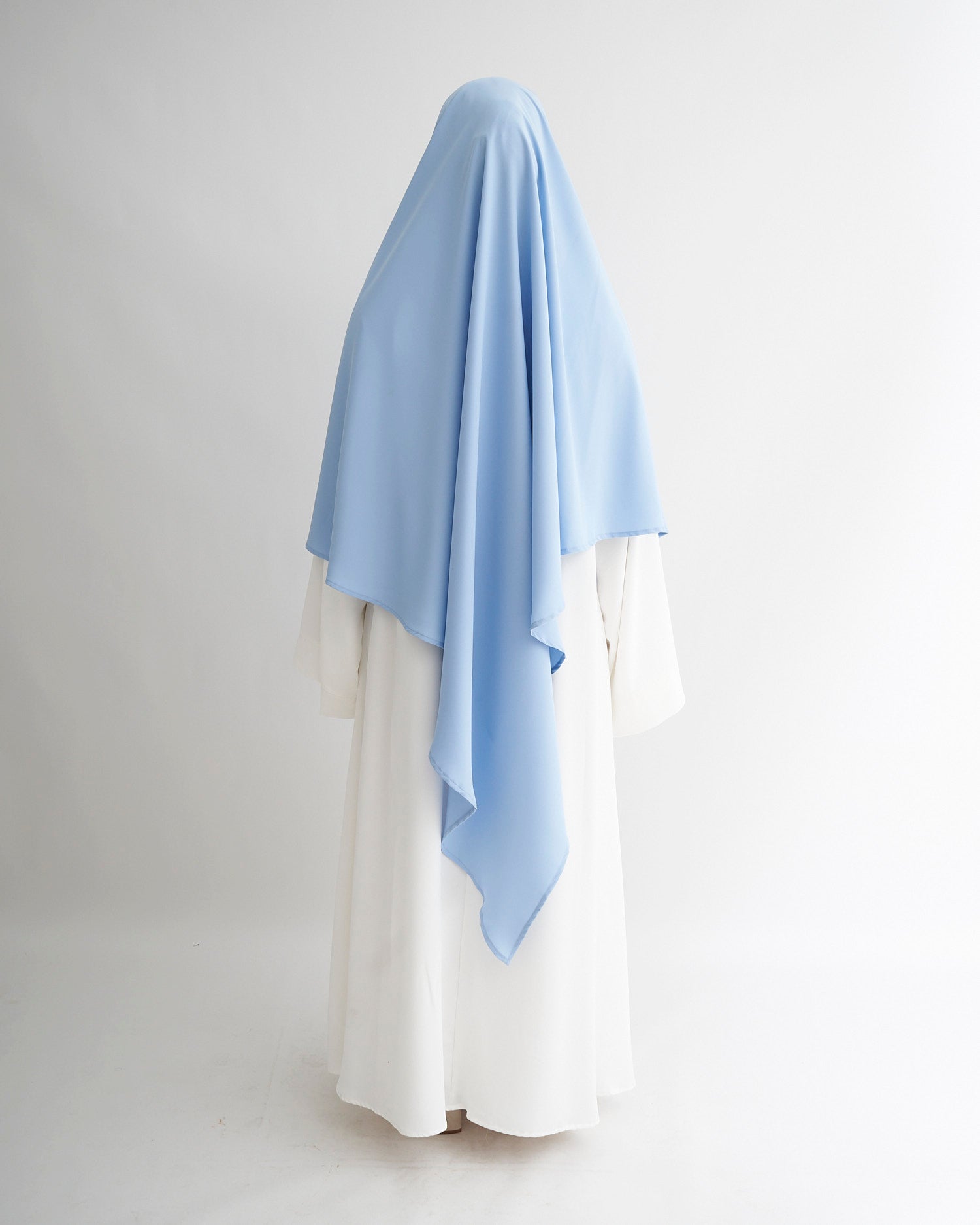
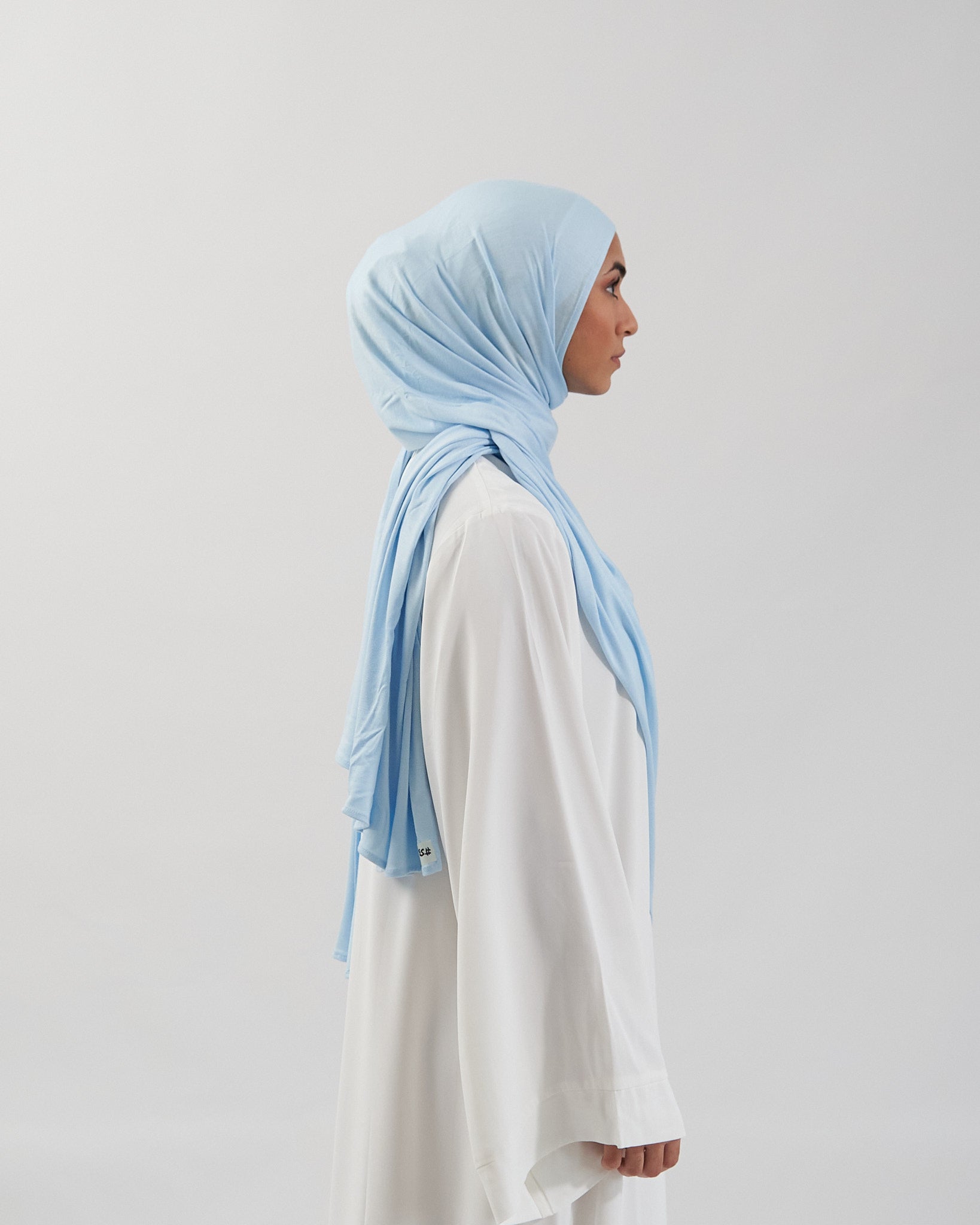
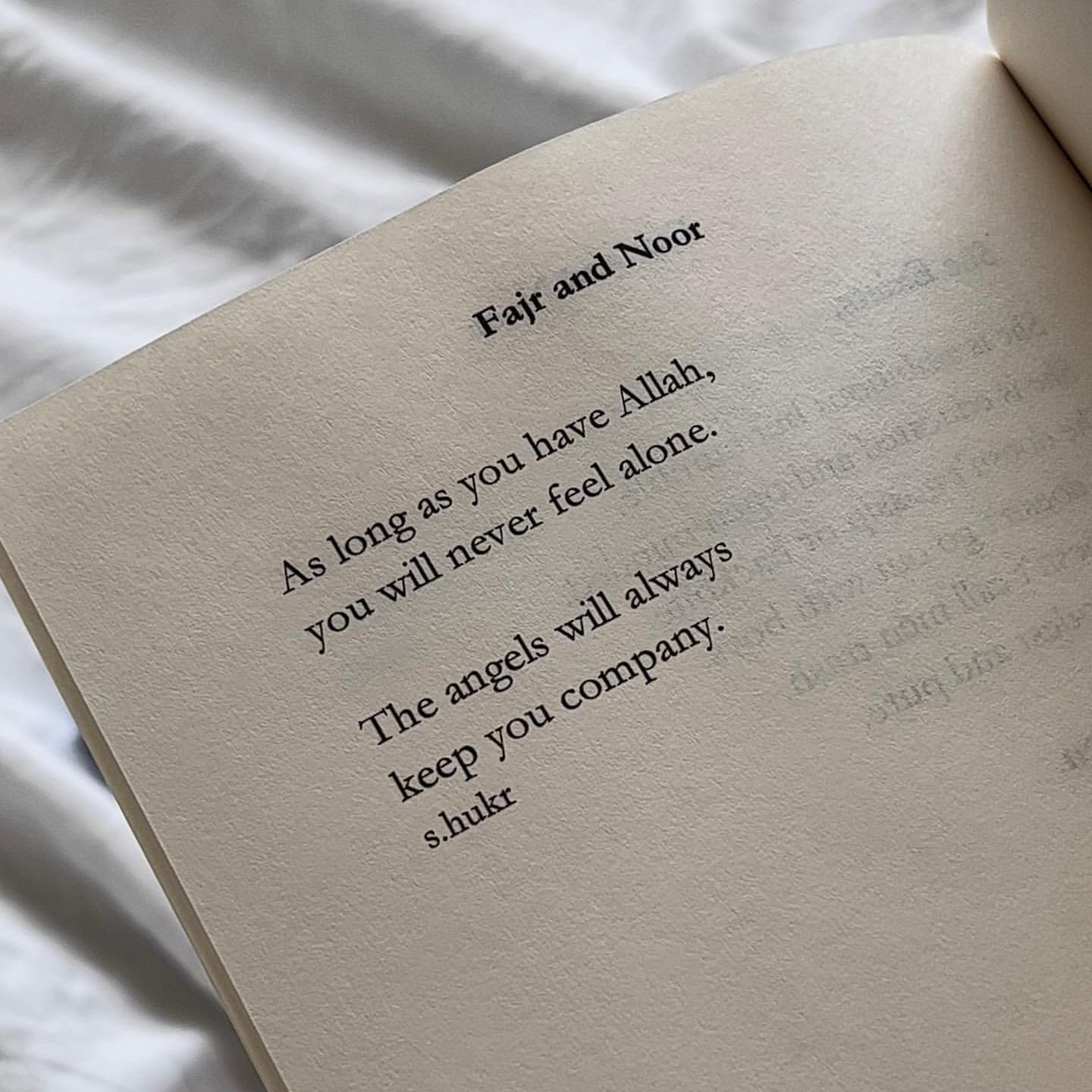
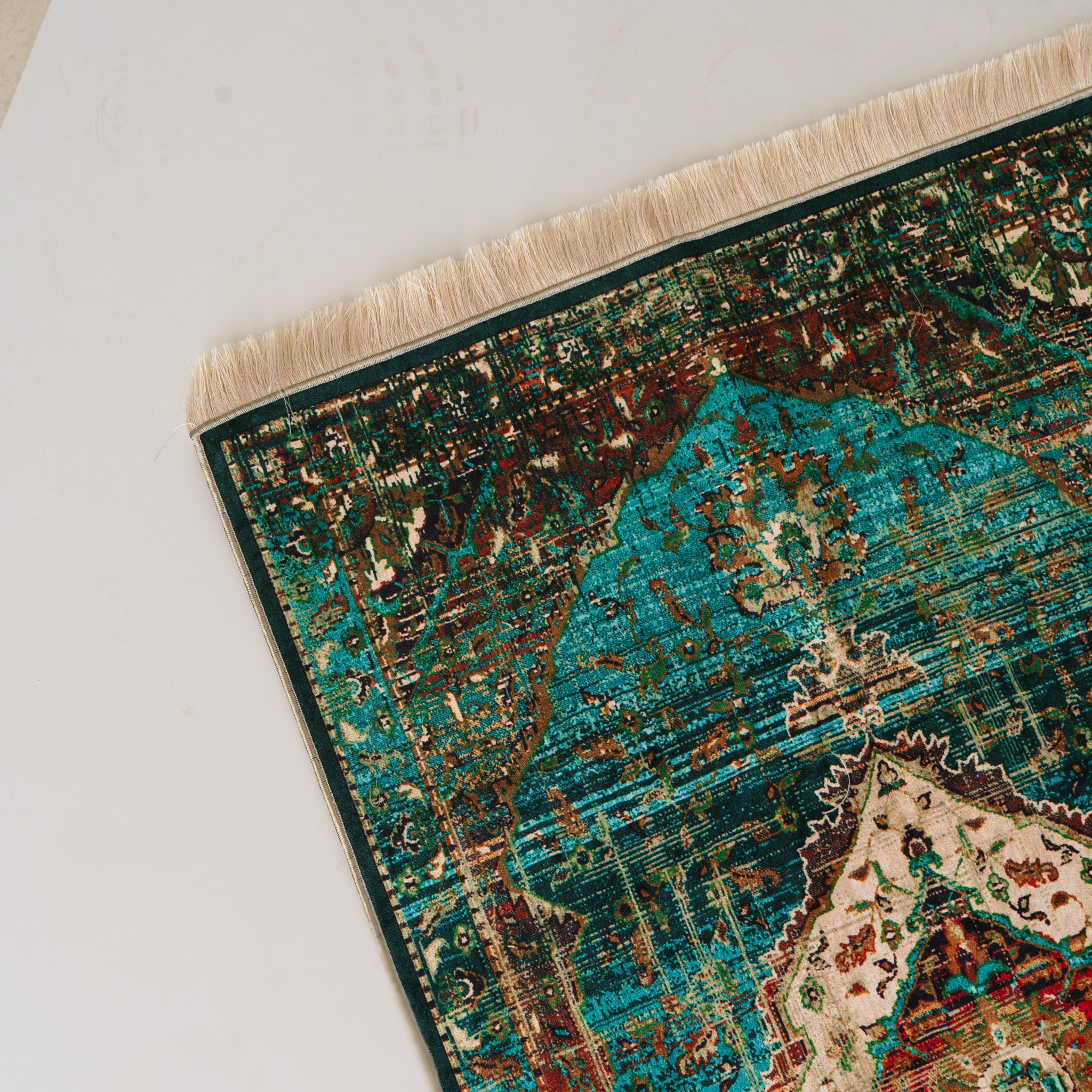

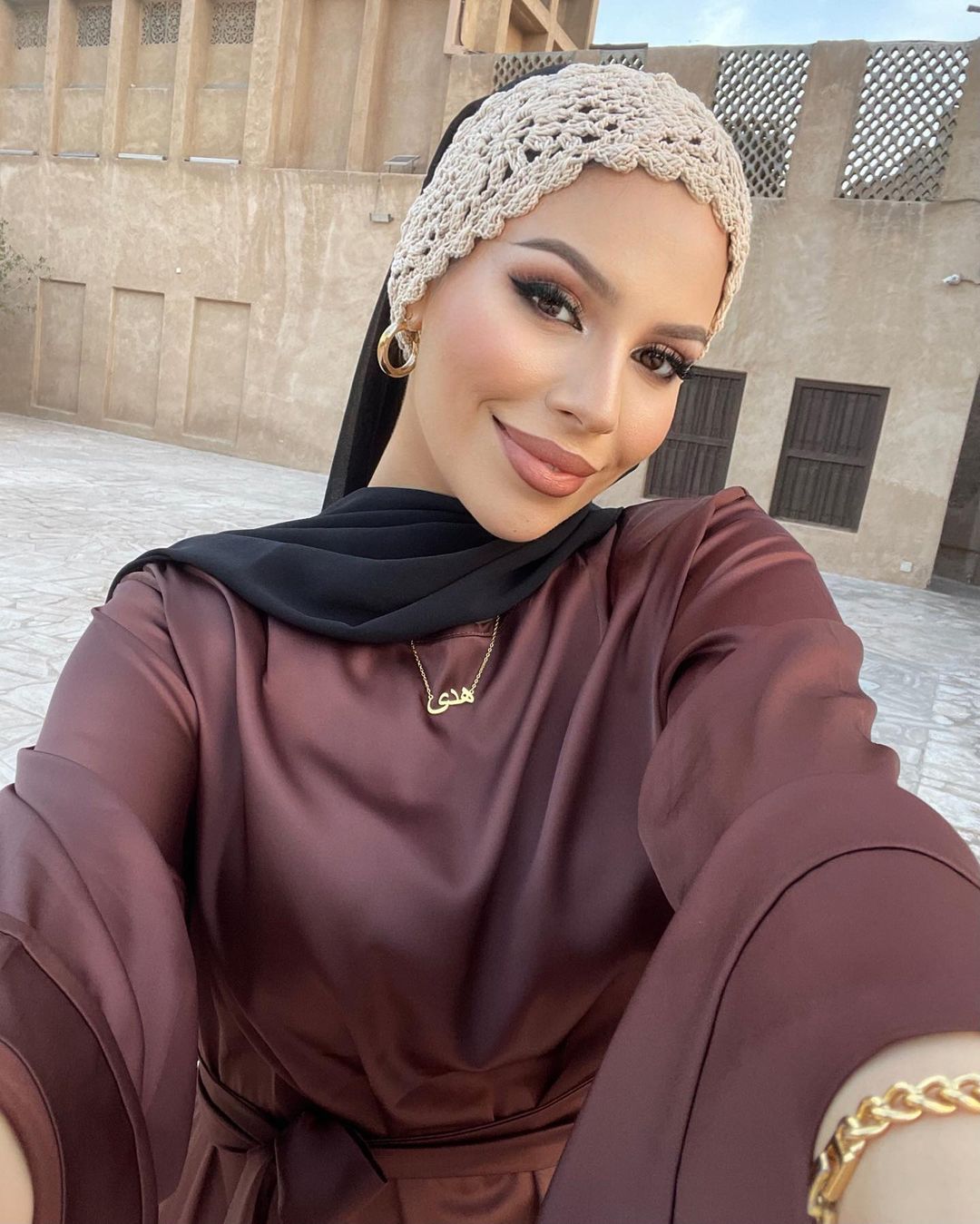
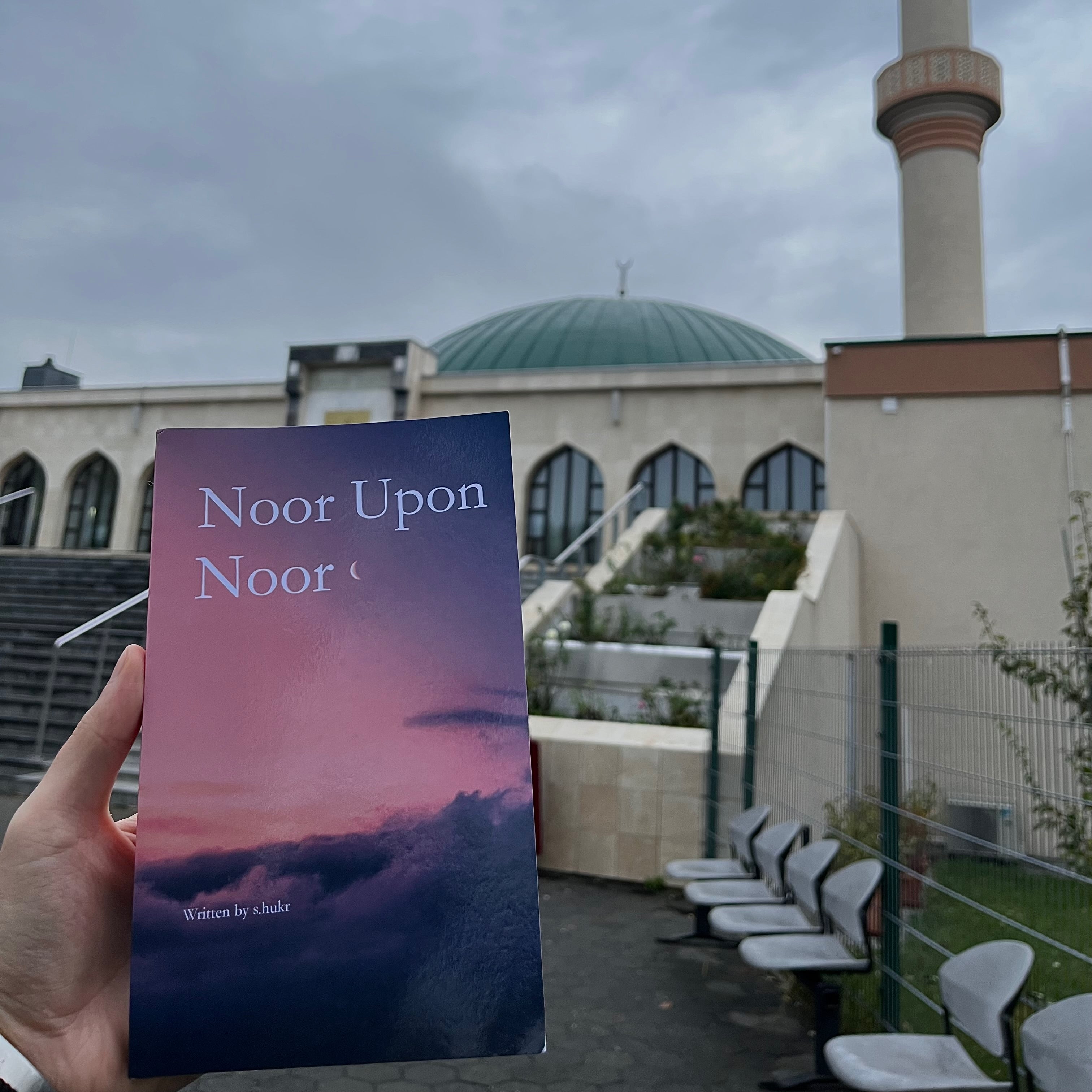
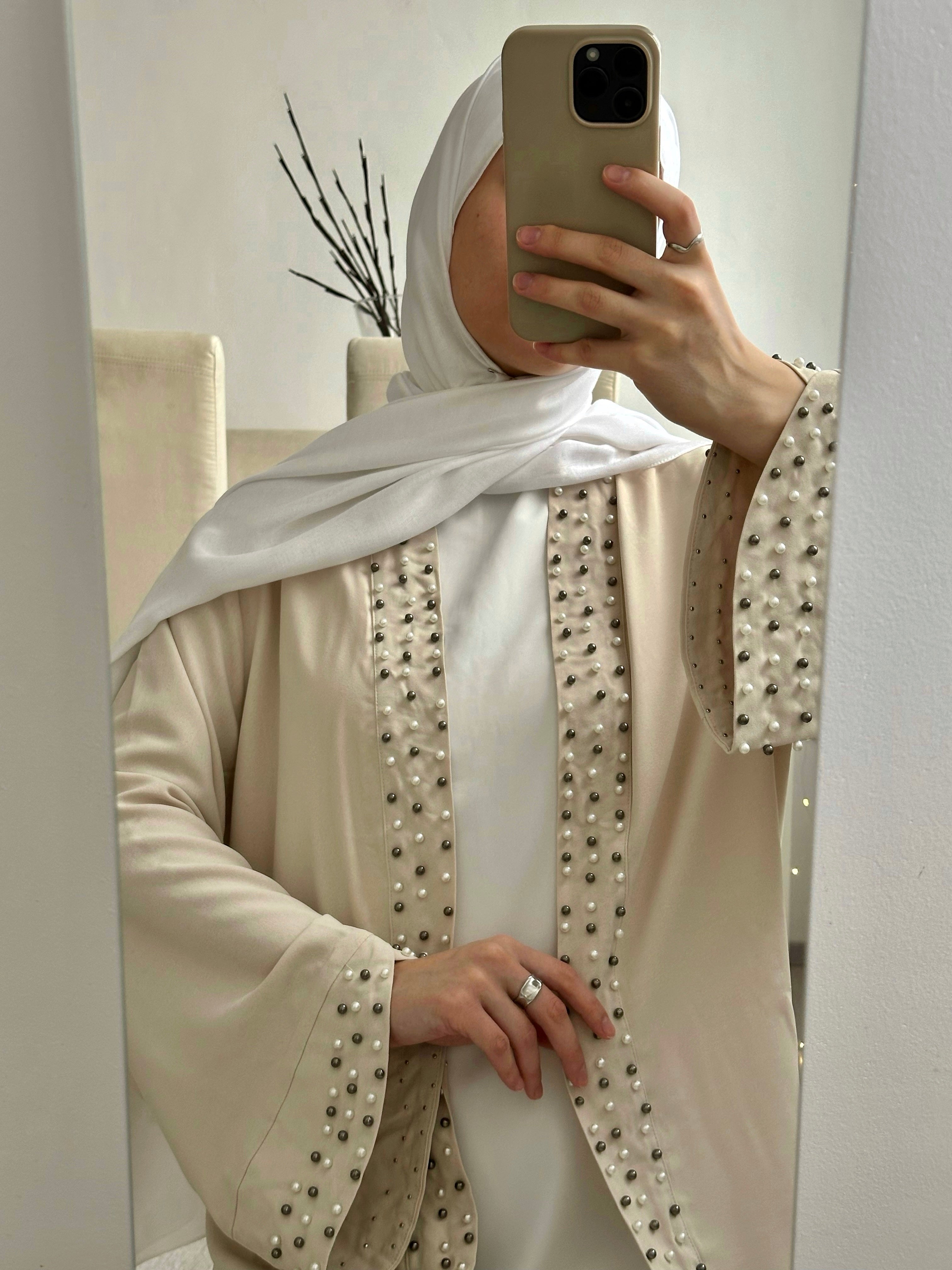
Leave a comment
All comments are moderated before being published.
This site is protected by hCaptcha and the hCaptcha Privacy Policy and Terms of Service apply.